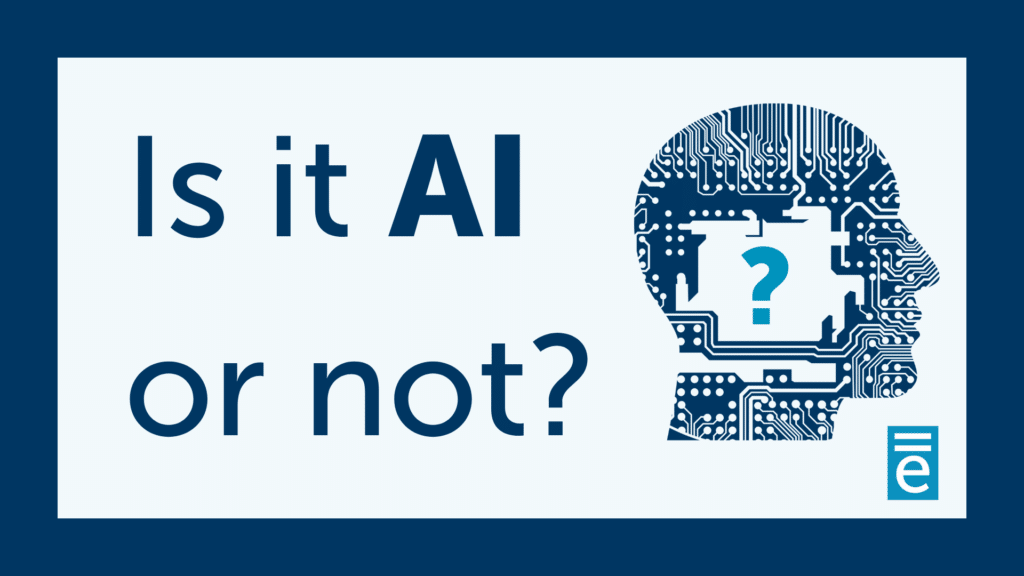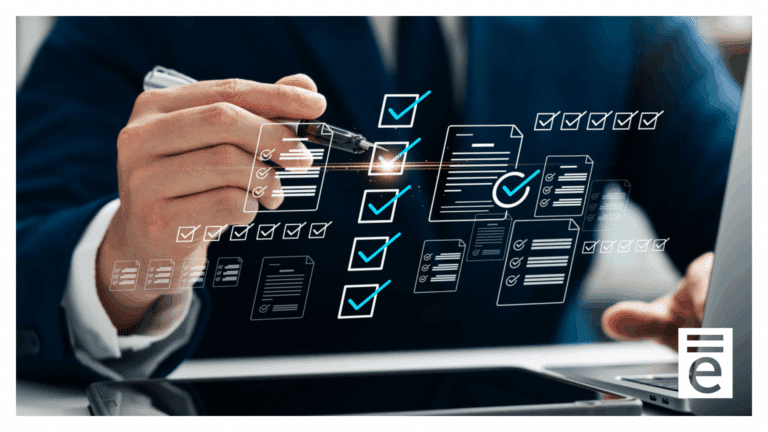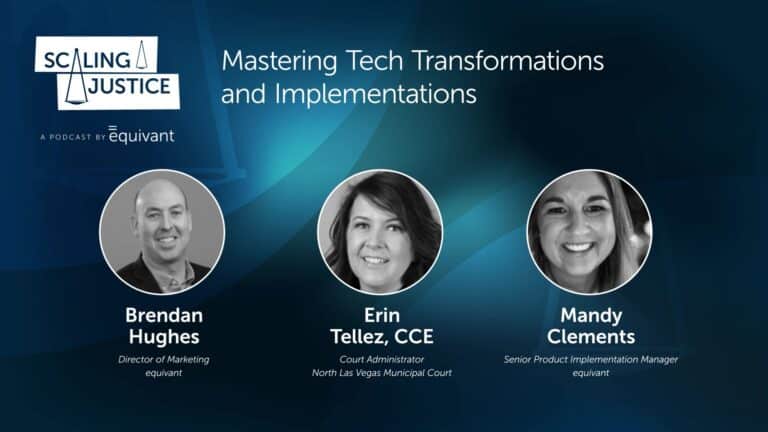We’ve all been exposed to AI in some way. Whether at work or on a personal level, AI is slowly becoming an integral part of our daily lives. But there’s still a lot to learn, and the rapid evolution of technology has caused some confusion about how to decipher what AI really is.
In this post, we share insight on why there is so much confusion about AI, outline the different types of AI and what it is, and explore how AI is being used in the justice industry now and how to prepare for the future.
The Confusion Surrounding AI in the Justice Industry
As technology gets smarter, it evolves at a more rapid pace. Because of the fast pace, it’s been difficult for industries to clearly define AI and establish the necessary guidelines/policies. There’s already a lot of conflicting information and terminology being published. As a result, many people have found themselves feeling confused with lots of unanswered questions. In addition to the lack of policies, industry jargon can add to the confusion, especially for users who are just starting their AI journey.
In the justice industry, AI adoption has moved at a slower pace because security, safety, and compliance remain the top priority due to the sensitive data that justice agencies work with. Professionals in the justice industry are not often the first to experiment with new technology because they want to make sure the personally identifiable information (PII) of those they serve is not jeopardized. Because of this, there are still a lot of unknowns in the industry, and some types of technology are mislabeled as AI when they are not.
The most common type of mislabeling we see is confusing AI with automation and integration. Automation involves something that has been programmed and does not change unless a human changes it. Integration involves connecting different systems so they can share data seamlessly. Both automation and integration are important parts of AI, but are not considered AI on their own.
The 7 Types of AI
This begs the question: if automation and integration aren’t AI, then what is? AI involves the changing of behaviors or responses based on what is learned. While this is a broad definition, there is work being done to help more clearly define AI. Recently, Built In, an online community for startups and tech companies, published an article called 7 Types of Artificial Intelligence. In the article, they define the 7 types of AI as:
- Narrow AI: AI designed to complete very specific actions, unable to independently learn. Examples include things like self-driving cars and generative AI like ChatGPT (This is the type of AI that is frequently being used today).
- Artificial General Intelligence: AI designed to learn, think, and perform at similar levels to humans.
- Artificial Superintelligence: AI able to surpass the knowledge and capabilities of humans.
- Reactive Machine AI: AI capable of responding to external stimuli in real time; unable to build memory or store information for the future.
- Limited Memory AI: AI that can store knowledge and use it to learn and train for future tasks.
- Theory of Mind AI: AI that can sense and respond to human emotions, plus perform the tasks of limited memory machines.
- Self-Aware AI: AI that can recognize others’ emotions, plus has a sense of self and human-level intelligence; the final stage of AI.
Most types of AI outlined in the article are in the early stages of development or are a long-term goal as technology evolves. Built In does a good job of not only defining the different types of AI, but also providing clear examples. As the justice industry continues to define AI in industry terms and develop guidelines, professionals in the justice industry can and should follow reputable companies and industry experts to get a better understanding of what AI is.
AI Use in the Justice Industry and the Need for Humans
Narrow AI (or weak AI) is what we’re currently seeing used today. In the justice industry, professionals are beginning to leverage Narrow AI to improve access to justice for underserved communities. Additionally, some justice agencies are now using AI to help validate and build documents more efficiently, as well as assist with redaction processes to ensure sensitive data stays protected.
Although AI’s capabilities are exciting and promising, human intervention will always be needed because technology is never perfect. We’ve already seen cases where AI hallucinates (creates false information) and makes mistakes. While AI will change the way we approach our judicial processes, it will not replace the need for humans.
Advice for Safely Using AI Now and in the Future
AI is still very much in the beginning stages. While there are different types of AI, we really only have a grasp of Narrow AI. As definitions are cleared up and guidelines are developed, legal professionals should expect to see more on how AI specifically applies to the justice industry. For example, deep fakes are becoming an increasing concern, and justice agencies are already planning to address these issues with blockchain and tokenization. In an article published in The Regulatory Review, the author discusses how addressing the global risks posed by AI will require the application of administrative law principles on a worldwide scale.
In the meantime, research the development of AI, sign up for newsletters and updates from reputable sources like GovTech, and experiment with AI tools in a personal way. If you’re planning a family vacation, consider using ChatGPT at home to help you decide on attractions, restaurants, and places to stay. Making your exploration of AI personal is a low-risk way to familiarize yourself and become more comfortable with the technology. Just make sure you understand the security and privacy permissions associated with the tool you choose to use. Some tools (like ChatGPT) do not protect data, and everything becomes public domain.
It’s important to be patient with yourself and the industry while recognizing that there’s a lot of misinformation about AI already circulating. It can be hard to weed out the noise, which is why it’s important to be proactive and ask vendors and industry leaders questions. Our blog post, Maintaining Court Privacy During the Rise of Artificial Intelligence, covers some actionable steps you can take in your agency now to protect your data and prepare for the future.
If you have questions or are interested in learning more about how AI could assist your justice agency, contact us.





